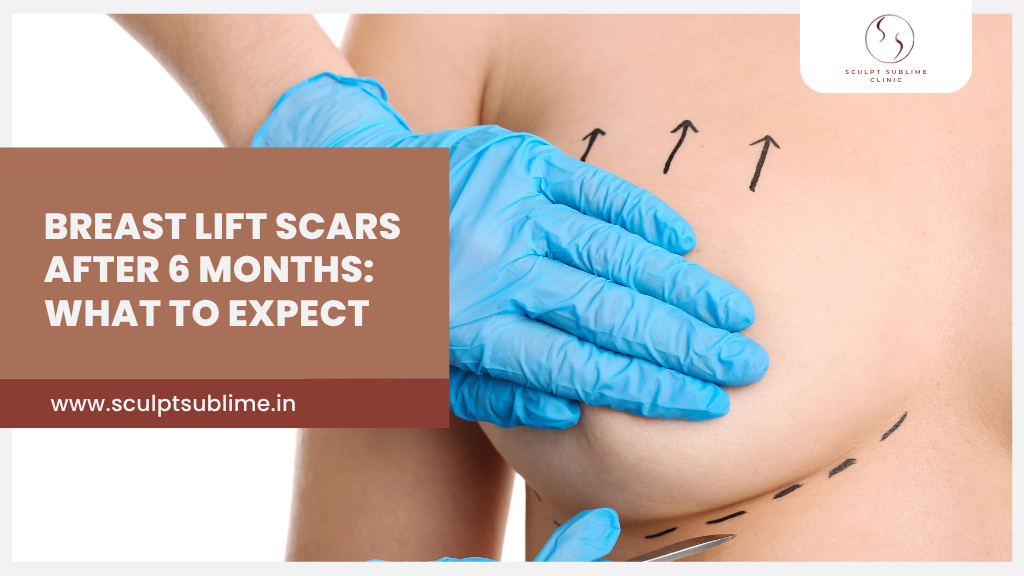A breast lift, also known as mastopexy, is a cosmetic procedure designed to reshape and elevate the breasts by removing excess skin and tightening surrounding tissue. While the results can be transformative, one of the most common concerns among patients is the appearance of scars after surgery.
At the six-month mark, most patients begin to see significant changes in how their scars look and feel. Understanding what to expect during this phase of healing can help you feel more confident and informed about your recovery.
How Do Breast Lift Scars Evolve Over Time?
Scars from a breast lift go through several stages of healing. Initially, they may appear red, firm, and raised. Over the weeks and months following surgery, they typically begin to fade and soften.
By six months after the procedure:
- Scars are usually lighter in colour compared to the early post-operative period
- The texture becomes flatter and smoother
- Most swelling and tenderness around the incision areas have subsided
- The skin around the scars may still show some signs of healing, but overall discomfort is minimal
The visibility and final appearance of scars can vary based on individual healing, skin tone, and the type of incision used during surgery.
Common Types of Breast Lift Scars
The placement and pattern of your breast lift incisions will determine where scars appear. The most common incision types include:
- Periareolar (around the areola): Leaves a scar that blends into the natural edge of the areola
- Vertical (lollipop): Involves an incision around the areola and down to the breast crease
- Anchor (inverted T): Includes an additional horizontal scar along the crease beneath the breast
Each pattern results in different scar locations, but all are designed to be as discreet as possible and improve with time.
Tips to Improve the Appearance of Scars
While some scarring is inevitable, there are steps you can take to support healthy healing and reduce scar visibility:
- Follow your surgeon’s aftercare instructions carefully, including wearing a supportive surgical bra
- Avoid exposing scars to direct sunlight, and always apply sunscreen if the area may be uncovered
- Keep the incision sites clean and moisturized with approved ointments or silicone-based gels
- Avoid smoking and alcohol during the healing period, as they can slow the body’s natural repair process
- Massage the scars gently once approved by your surgeon to improve blood flow and skin texture
- Stay patient, as full scar maturation can take up to 12 to 18 months
When to Consider Additional Scar Treatments
In some cases, scars may remain firm, raised, or darker than expected beyond the six-month point. If this happens, you may want to speak with your surgeon about treatment options, which could include:
- Silicone sheets or creams
- Laser therapy
- Microneedling
- Steroid injections
- Surgical scar revision
Most patients will not require additional treatment, but it is important to monitor healing and communicate any concerns with your doctor.
Conclusion
At six months after a breast lift, scars are typically much less noticeable than they were in the early weeks following surgery. They are usually softer, flatter, and lighter in colour, although some may continue to fade and improve over the next year.
With proper aftercare, healthy lifestyle habits, and regular follow-up, most patients are pleased with their results and find that their scars blend in naturally over time. If you have questions about your healing or options for scar treatment, a consultation with your plastic surgeon can provide clarity and reassurance.


